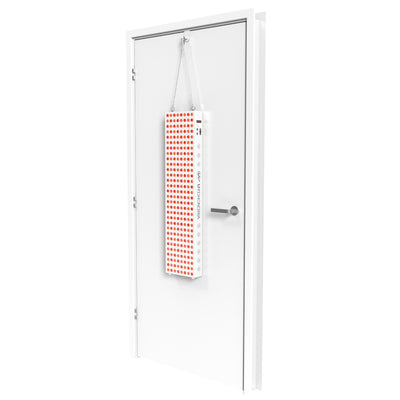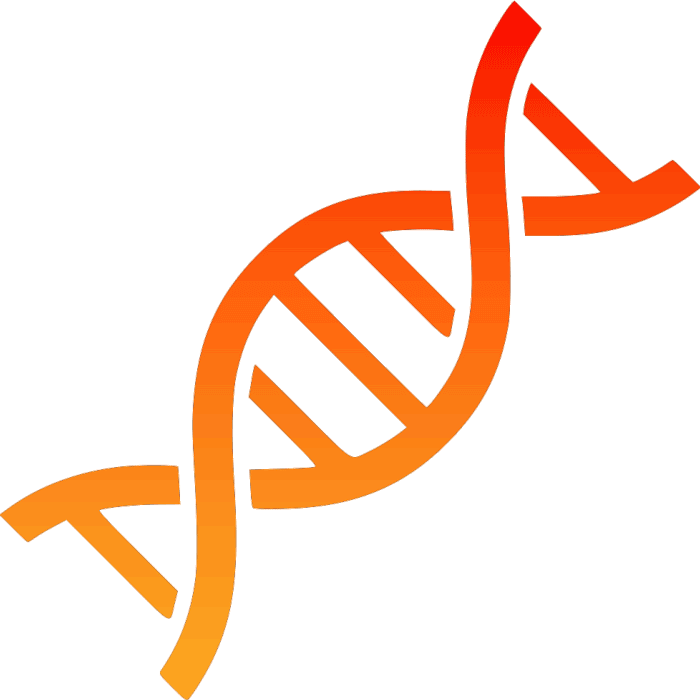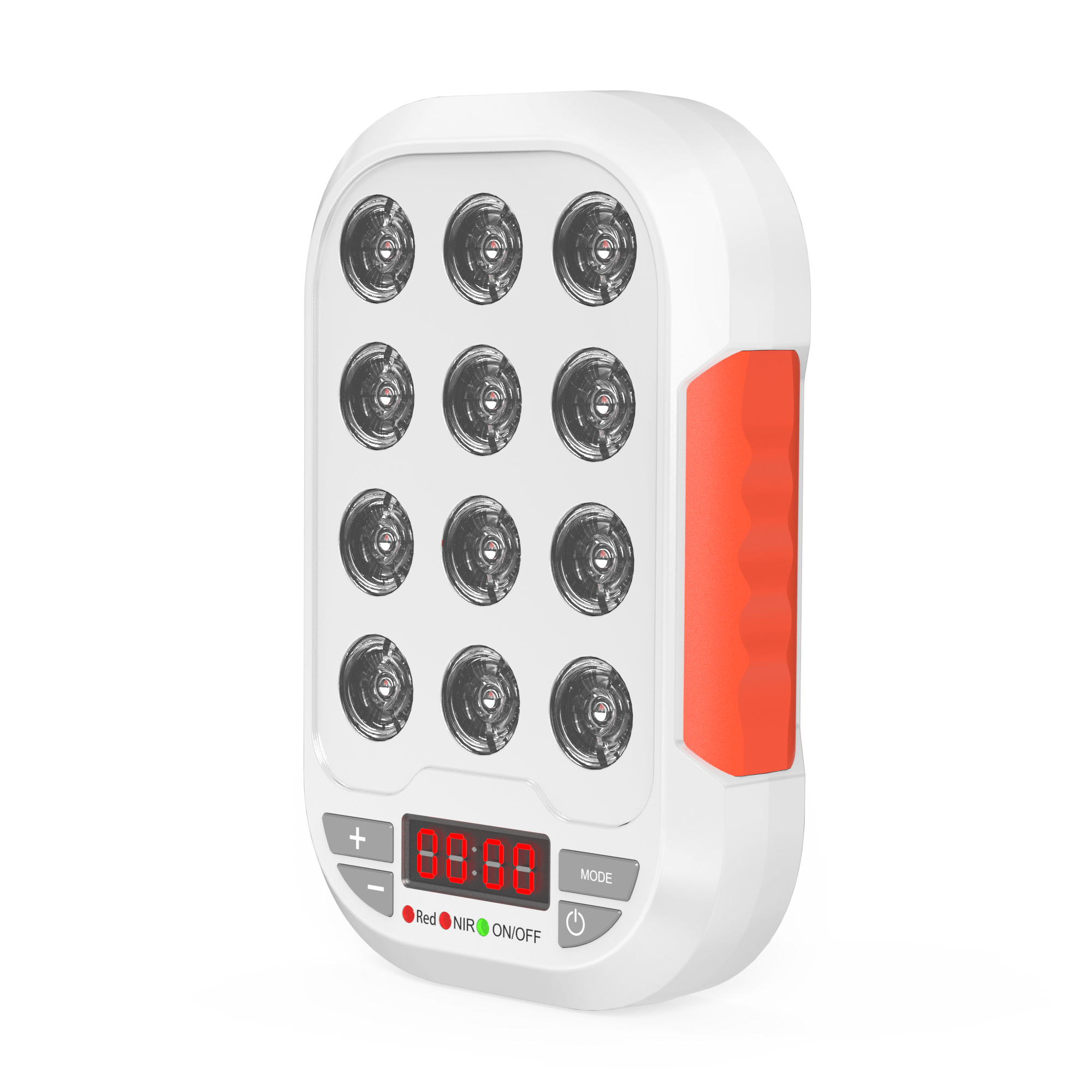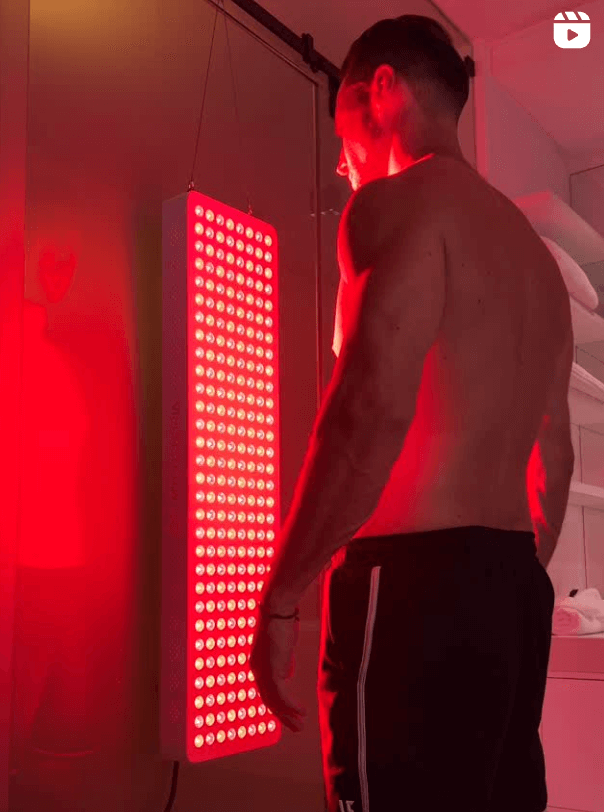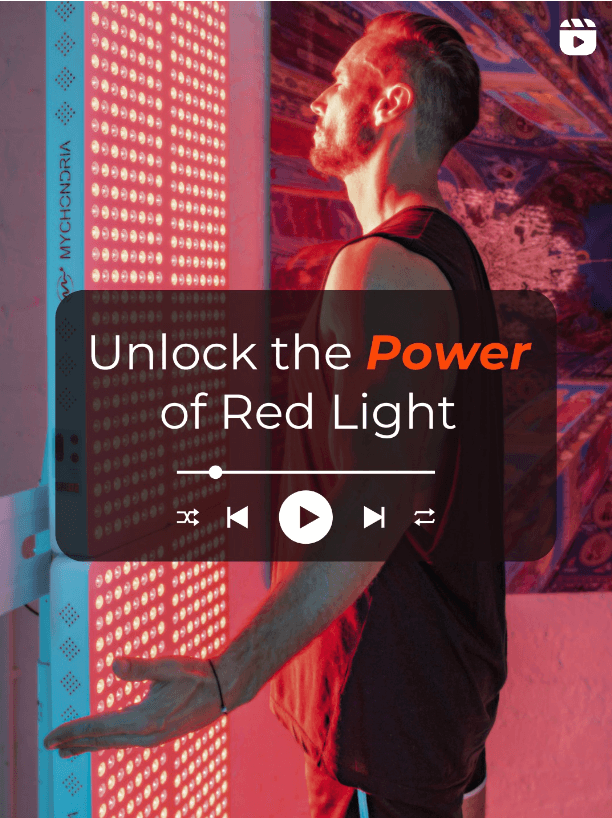
Joint and ligament health plays a pivotal role in our overall well-being, influencing mobility and quality of life.
While various therapies exist for joints, recently scientists have shifted their focus to red light therapy.
It has emerged as a promising approach to enhance joint and ligament health, offering a non-invasive and effective solution for a range of musculoskeletal issues.
In this article you'll discover how you can use red light therapy to improve your joint and ligament health, to finally get the relief you are looking for.
In A Nutshell..

When cells are exposed to these specific wavelengths of light found in the red & near-infrared spectrum of light, it enhances mitochondrial function and promotes the production of ATP, the energy currency of cells.
This heightened energy production leads to various cellular benefits, including increased collagen synthesis, improved circulation, and reduced inflammation.
Moreover, red light therapy has been found to modulate certain cellular processes, such as oxidative stress and gene expression, contributing to its potential therapeutic effects in promoting tissue repair, reducing pain, and supporting overall cellular health.
The Mechanism behind Joint & Ligament with Red Light Therapy

When red light penetrates tissues, it is absorbed by mitochondria, the energy-producing powerhouses of cells.
The key mechanisms behind the effectiveness of red light therapy for joint health includes:
• Mitochondrial Stimulation: Red light therapy enhances cellular function by stimulating the mitochondria. This stimulation increases the production of ATP.
• Increased Blood Flow: Red light therapy promotes vasodilation, improving blood circulation. This increases oxygen and nutrients delivery to tissues, aiding in the healing process.
• Anti-Inflammatory Effects: Red light therapy modulates inflammation by influencing various cellular processes, leading to a reduction in inflammatory markers and promoting tissue repair.
• Cellular Signaling: The interaction between red light and cells can activate signaling pathways, influencing gene expression. This, in turn contributes to cellular repair and regeneration.
• Collagen Production: Red light therapy is associated with increased collagen production, which is crucial for skin health and wound healing.
• Pain Reduction: Through its anti-inflammatory effects and impact on nerve cells, red light therapy alleviates pain and discomfort. A 2016 study investigated the effects of red light therapy on osteoarthritis and found a notable decrease in pain levels and improved functionality in elderly patients.

A meta-analysis by Ho Jang systematically reviewed several clinical trials focusing on red light therapy for musculoskeletal pain, including joint-related issues. The analysis revealed consistent evidence supporting the efficacy of red light therapy in reducing pain and improving joint function across various conditions.
Collagen is a key component of ligaments and plays a vital role in their structural integrity. Red light therapy has been shown to stimulate collagen synthesis, as highlighted in 2014 research by Alexander Wunsch.
The findings demonstrated accelerated healing and improved biomechanical properties in ligaments subjected to Red Light Therapy, indicating its potential for enhancing ligament repair mechanisms.
This supports the notion that red light therapy contributes to tissue regeneration in ligaments, offering a non-invasive approach for enhancing the healing process.
How To Use a MyLight for Joint Pain

Using a MyLight for joint pain is as simple as a daily session of 5-minutes using a MyLight MIDI or MyLight MAX panel, or 6-minutes using the portable MyLight MOVE.
With the MyLights you will keep the distance within 6 inches from the device to ensure the light penetrates to the deepest layers, where it will stimulate repair and pain relief.
Conclusion
The evidence from case studies and ongoing research show that red light therapy is a compelling intervention for promoting joint and ligament health.
The success stories of individuals overcoming pain and limitations through targeted red light therapy sessions offer hope for those grappling with musculoskeletal issues.
Encouragingly, as more clinicians and researchers embrace red light therapy, we anticipate a growing body of knowledge that not only validates its effectiveness but also refines its application for specific conditions.
The journey towards optimal joint and ligament health is indeed illuminated by the red light of progress, inviting individuals and practitioners alike to explore the multifaceted benefits of this innovative therapy.
For more information, head over to our website for more incredible benefits and success stories about the world of red light therapy.
References
- WHO. Osteoarthritis. World Health Organization website [2023].
- Youssef, E. F., Muaidi, Q. I., & Shanb, A. A. (2016). Effect of Laser Therapy on Chronic Osteoarthritis of the Knee in Older Subjects. Journal of lasers in medical sciences, 7(2), 112–119.
- Jang, H., & Lee, H. (2012). Meta-analysis of pain relief effects by laser irradiation on joint areas. Photomedicine and laser surgery, 30(8), 405–417.
- Wunsch, A., & Matuschka, K. (2014). A controlled trial to determine the efficacy of red and near-infrared light treatment in patient satisfaction, reduction of fine lines, wrinkles, skin roughness, and intradermal collagen density increase. Photomedicine and laser surgery, 32(2), 93–100.


